TSAR 2014
“If we turn to those restrictions that only apply to certain classes of society, we encounter a state of things which is glaringly obvious and has always been recognized. It is to be expected that the neglected classes will grudge the favored ones their privileges and that they will do everything in there to power to rid themselves of their own surplus of privation. Where this is not possible a lasting measure of discontent will obtain within this culture, and this may lead to dangerous outbreaks. But if a culture has not got beyond the stage in which the satisfaction of one group of its members necessarily involves the suppression of another, perhaps the majority---and this is the case in all modern cultures,---it is intelligible that these suppressed classes should develop an intense hostility to the culture; a culture, whose existence they make possible by their labor, but in whose resources they have too small a share. In such conditions one must not expect to find an internalization of the cultural prohibitions among the suppressed classes; indeed they are not even prepared to acknowledge these prohibitions, intent, as they are, on the destruction of the culture itself and perhaps even of the assumptions on which it rests. These classes are so manifestly hostile to a culture that on that account the more latent hostility of the better provided social strata has been overlooked. It need not be said that a culture which leaves unsatisfied and drives to rebelliousness so large a number of its members neither has a prospect of continued existence nor deserves it.”
Sigmund Freud "The future of an illusion “
In my final graduation project, I dedicated my research on the importance of cultural values and their impact throughout time. Research in which essential matters are seen through the prism of history, philosophy, traditional knowledge, even indigenous values, where the main guideline is on the development of the collective mind, and against classism.
The area where I am coming from Bulgaria is a region, which constantly gives birth story - so intense that one lifetime is not enough to grasp; in which memories are sometimes terrifying, sometimes manipulated or deliberately forgotten. Therefore I focus my attention on the essence of rituals, symbols, and ancient understandings which has been judged, rejected and forgotten by the time. The Kukeri ritual in the lands of Bulgaria dates from the time of its ancestors -the Thracians. The celebration was dedicated to the Thracian god of mirth Dionysus in order to celebrate the beginning of the new year. Kukeri recreates the vital relationship between nature and man. Mummers are dressed with scary masks, with hanging bells, carrying swords or sticks. They dance in the obedience of nature to scare away the barren winter and the evil spirits. Then spring is welcomed with entrenched fertile harvest year. Kukeri revives despite its forcible neglection and prohibition during Ottoman invasion and later from Communism.
The seemingly mythological scene is set in a daily context where the relationship of contemporary society, political climate, and religious sets narrates its absurd nature.
I have to pay strong attention to my inspiration, where the cultural values take a different place in the artworks of - Jeremy Deller, John Smith, Jonathan Meese, Anri Sala; and scientific works of - Julia Kristeva and Walter Benjamin.
Tsar is a directed performance impersonating old value systems in a critical dispute with the sober present reality. The multidimensional of the performance go through the notions of romantic, philosophical, critical, ominous but also comic.
Tsar itself marks the name of the main character of the performance. The project is a directed performance – a complex composition involving in tight relation both technical and conceptual aspects.
As entering the room, the audience is guided through a dark room along the wall of which is build a sound and video installation - depicting monumental organ pipes (playing the dark vibes of Koyaanisqatsi by Philip Glass) on which projected flames and volcano eruptions. Passing by the organ, in the end of the room is a drapery entrance that leads the audience to a wider room with a deemed lights, and dressed by black drapery walls (behind which secretly placed the technical crew - consisted of cellist live musician, light operator and support team) that enhances the feeling of void. While everybody of the audience enters the room, they are guided to its opposite corner. The light slowly starts to amplify the frame behind which appears to be a pagan creature(Tsar). Discovering the attention on its present, the seemingly stationary image of Tsar closes sharply with a single move the curtain and disappears behind. Now it enters the room with curiosity towards its visitors. Every movement and mood of Tsar is marked precise by the live music and the directed lights – both components increase the dramatic character of the pagan creature. While getting to know the audience involving them in a slowly developing pagan dance, Tsar gets distressed and falls into fury drum performance that tends to scare away the unknown companions (a reference to the traditional Bulgarian Kukery ritual, performed every late winter – early spring in an attempt to scare the evil spirits away). After - seemingly exhausted, he withdraws to a set of a classical writing desk and chair while expressing his mistrust in himself. In a short period of time, he discovers the books (widely refer to the knowledge or rejection of the new) on the desk. Tsar opens one of them and gets struck. He sweeps all books on the ground furiously and, then as his powers are leaving him he goes down on the floor. Slowly and smoothly he lies on his belly. Softly decreasing his moves he seems as in blank agony. Now Tsar is lying peacefully in front of the desk as a bearskin rug.
The costume of Tsar is self-crafted, as a notion to the tradition of Kukery which requires each of the performers to craft their own costume – a symbol of inner spiritual incarnation.
I have built the scenography with special attention, defining a secret corridor behind the performance playground, allowing the hidden support crew to operate during the performance. Spotlights were located on the main points of acting. The light operator and cellist player coordinated the lights and the music according to each movement of Tsar.
The performance was carried out by me in the role of Tsar and a guide controlling episodically the location of the audience. The performance required a physical preparation, in order to perform with the extra weight of the costume, rehearsals in order to achieve synchrony together with the musician, the light operator, and the guide.
In this performance, the creative approach was very multifaceted:
-The historical content of the ritual is placed in contemporary understanding, emphasizing its values and cultural importance.
-The space division and thoughtful scenography were constructed especially in accordance with the character of the performance, and the storyline.
-The fluidness of the performance and the overwhelming experience from it was achieved thanks to the synchronicity between the performer(Vanina Tsvetkova), the audience guide(Laureen Langkamp), the live musician(Teodora Nedyalkova), and the light operator(Tom Dijkstra); documentation (Simon Niks).
-Creativity in total was achieved in the process of the developing of the idea, and directing it through all processes.
Door Vanina Tsvetkova 9 Juli 2014
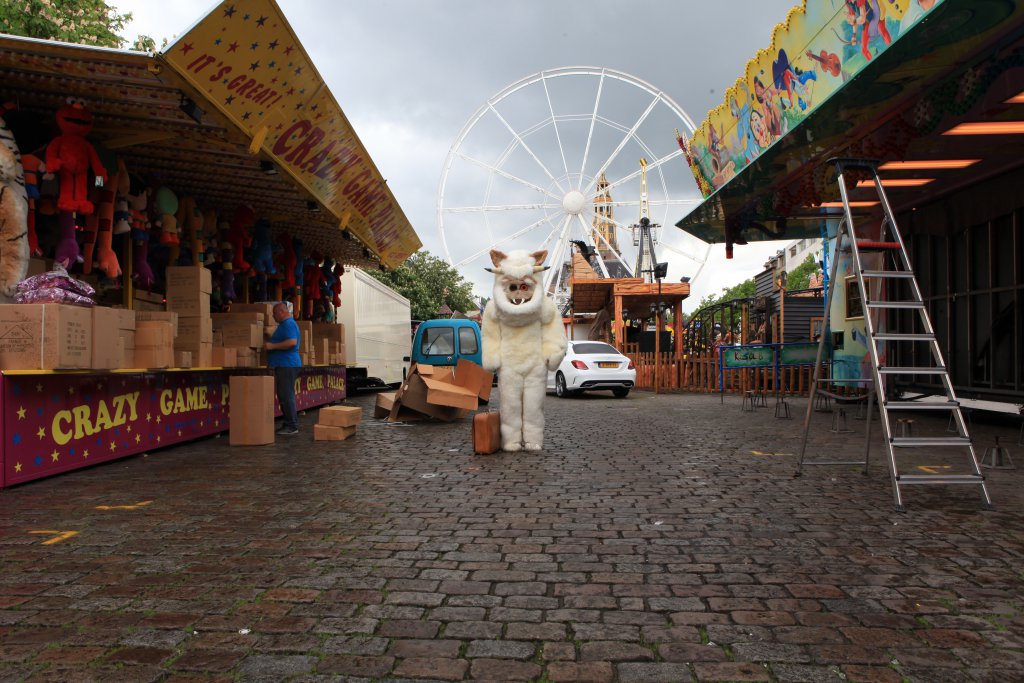
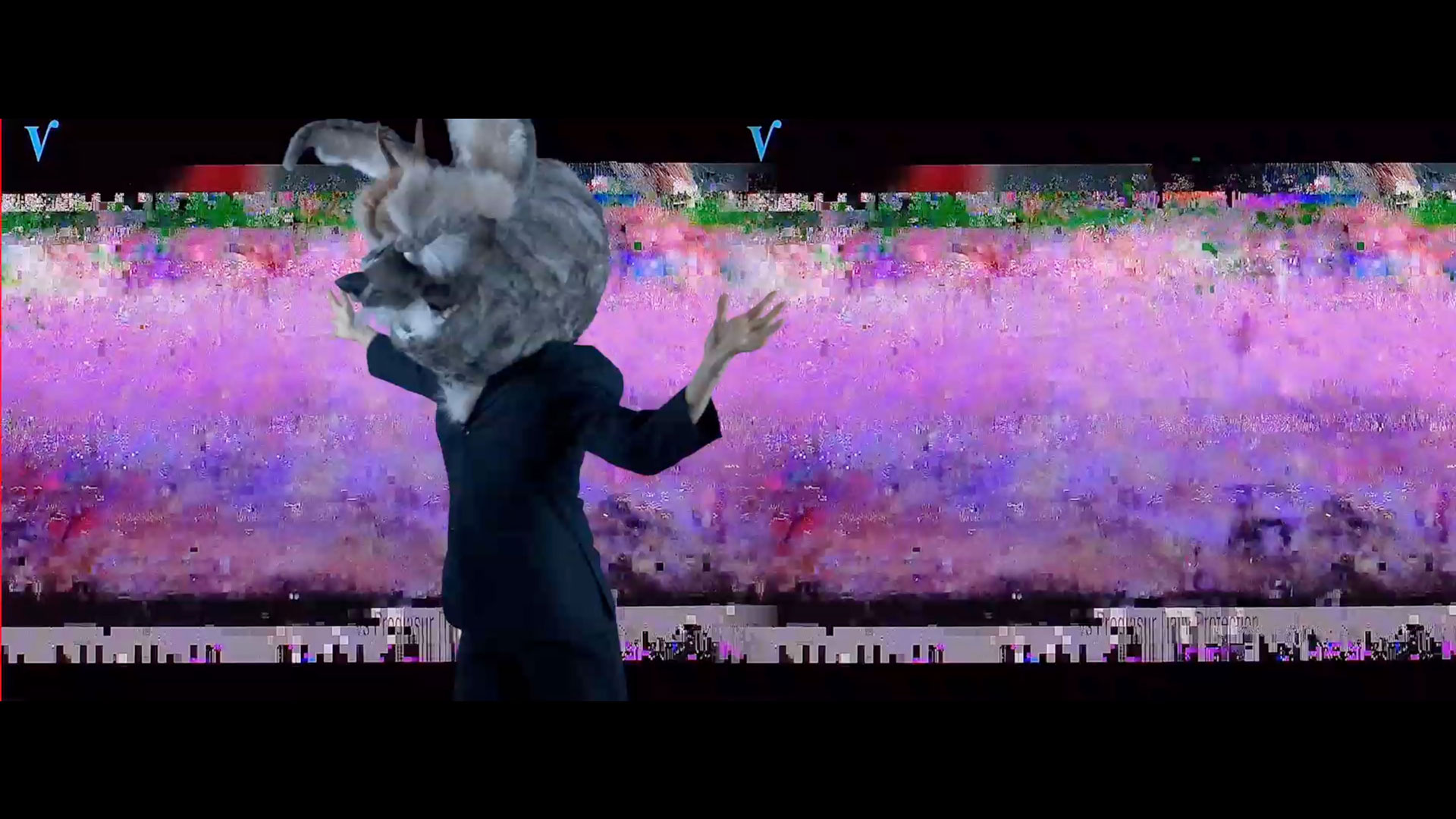
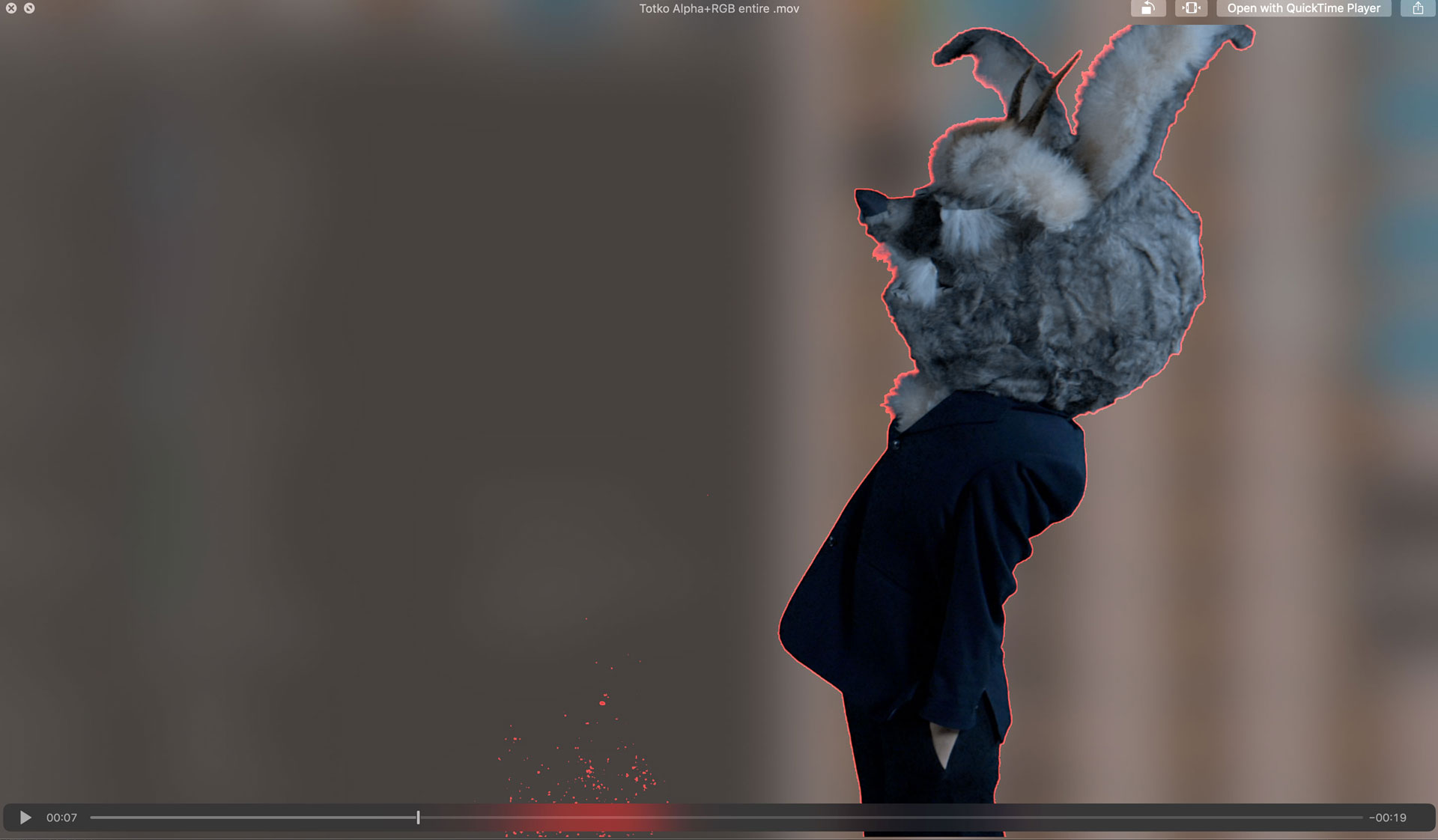
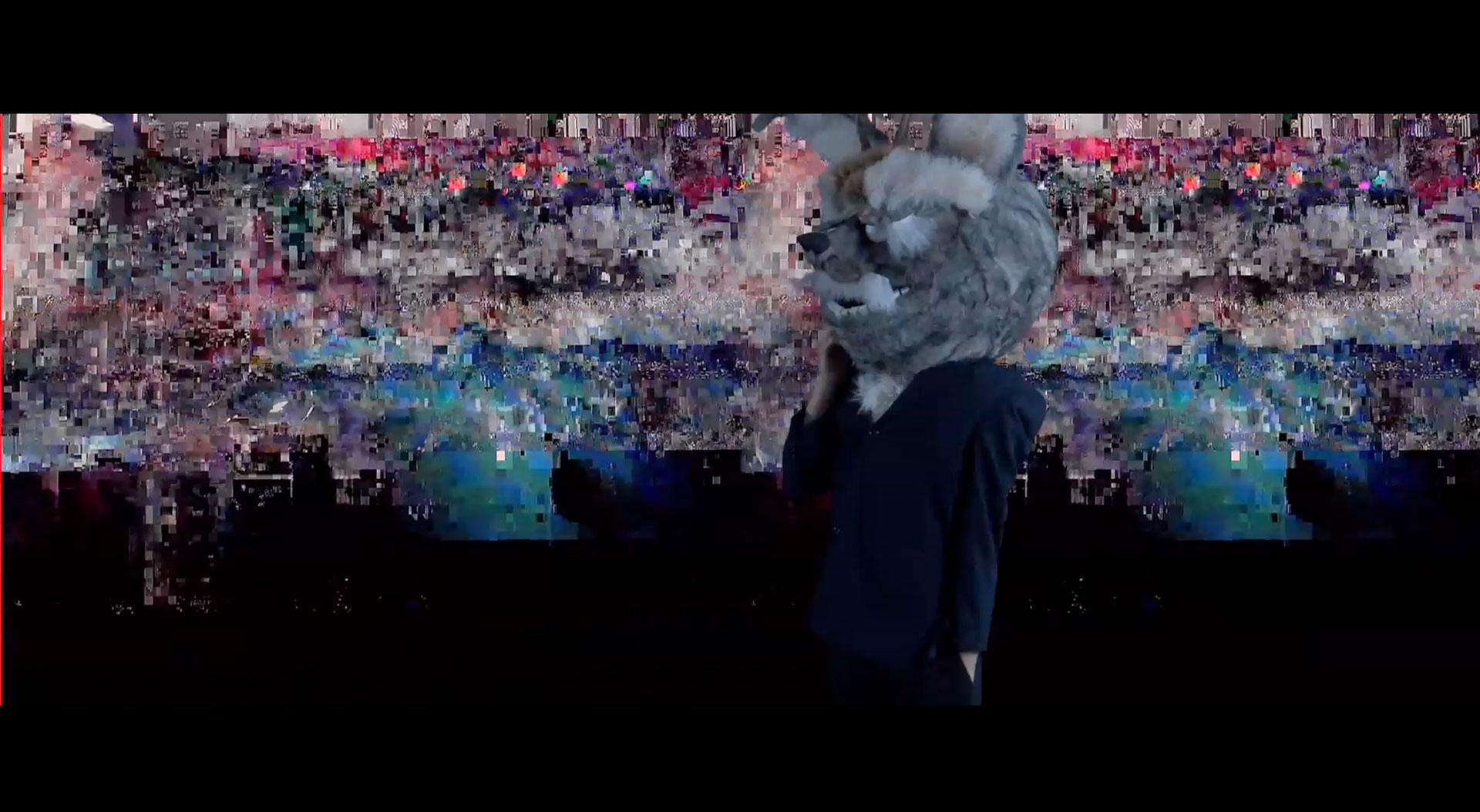
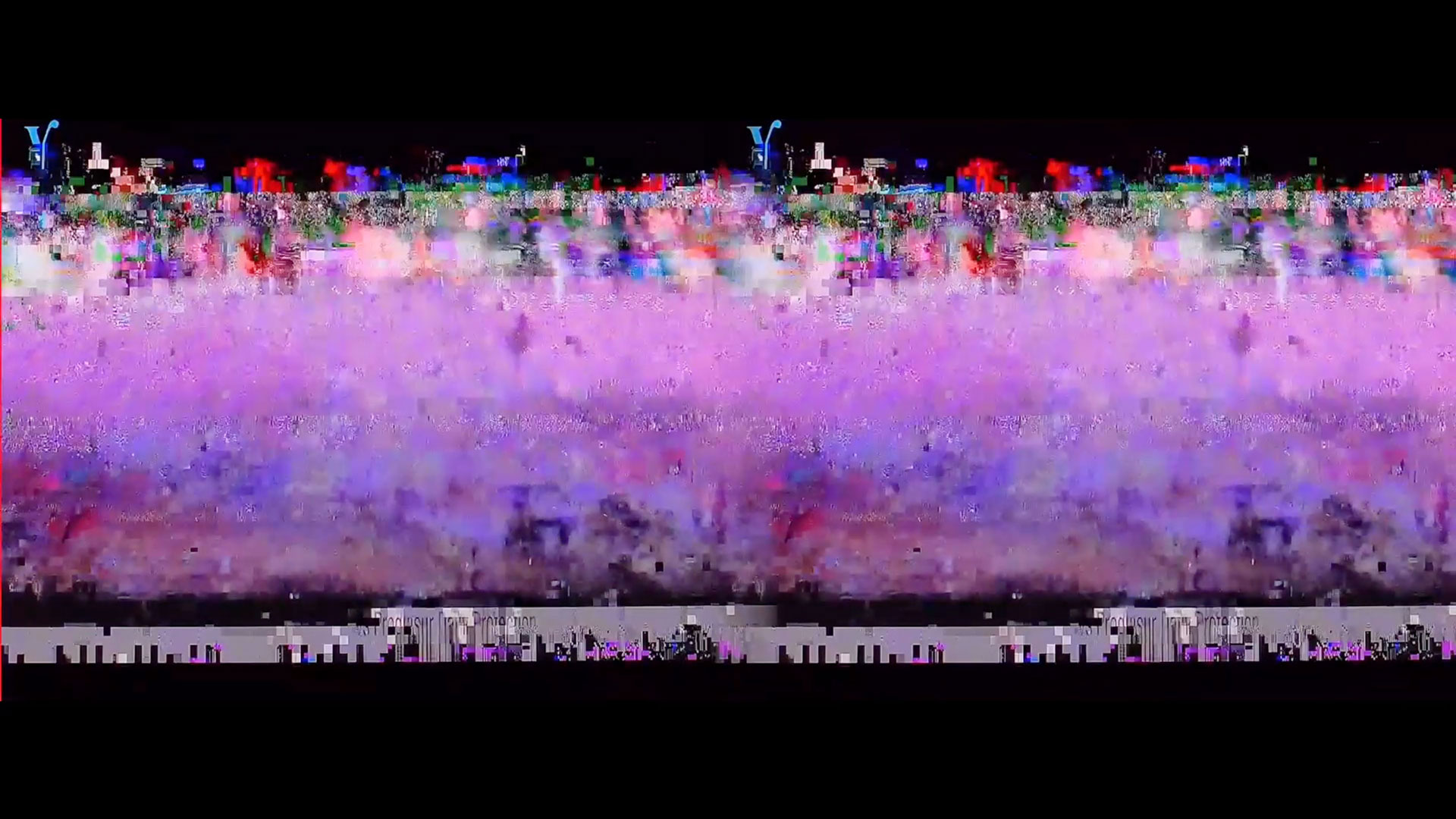
When Glitch
When performing without a fixed end
When highlighting the inner
When defining the characters of the creatures occurs naturally
When ancient ritual revives - the elaborate cultural aspects of Kukeri and the polemics of contemporary society
When next steps in advance
When music . . . makes the world go round
When Ponihof Does Exist
When tech is ritual
When Inspiration
When Writing
Scroll down for more
⤋